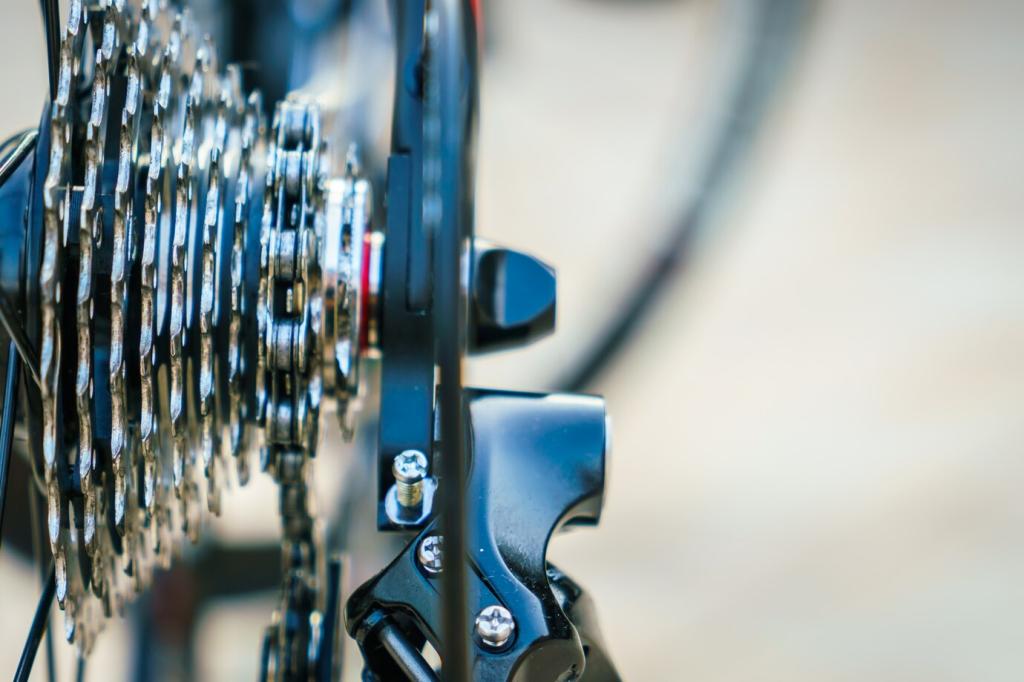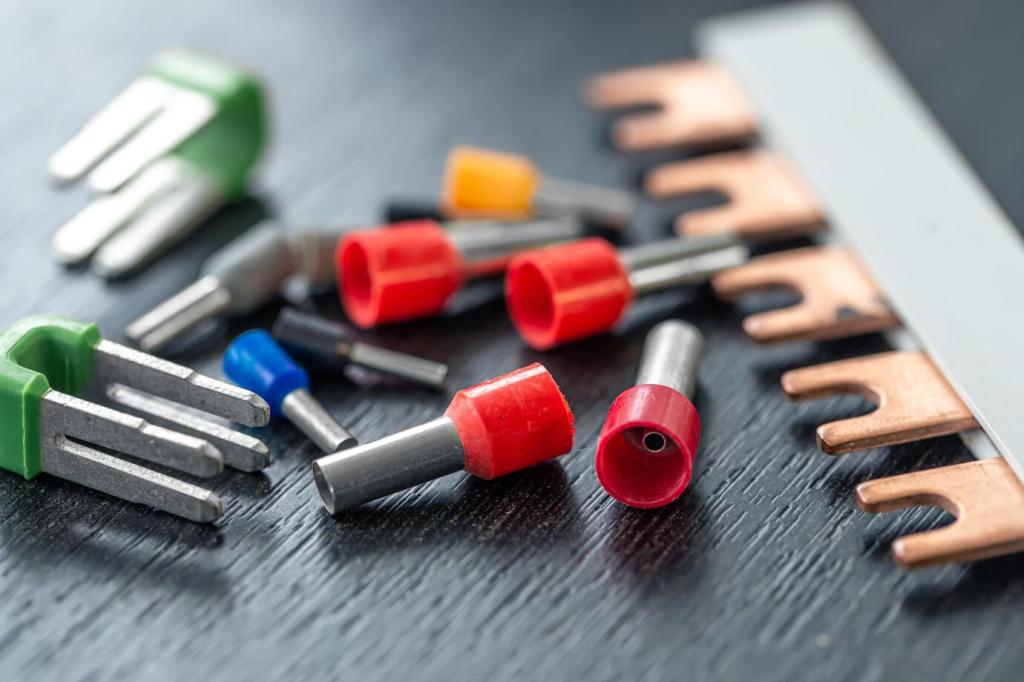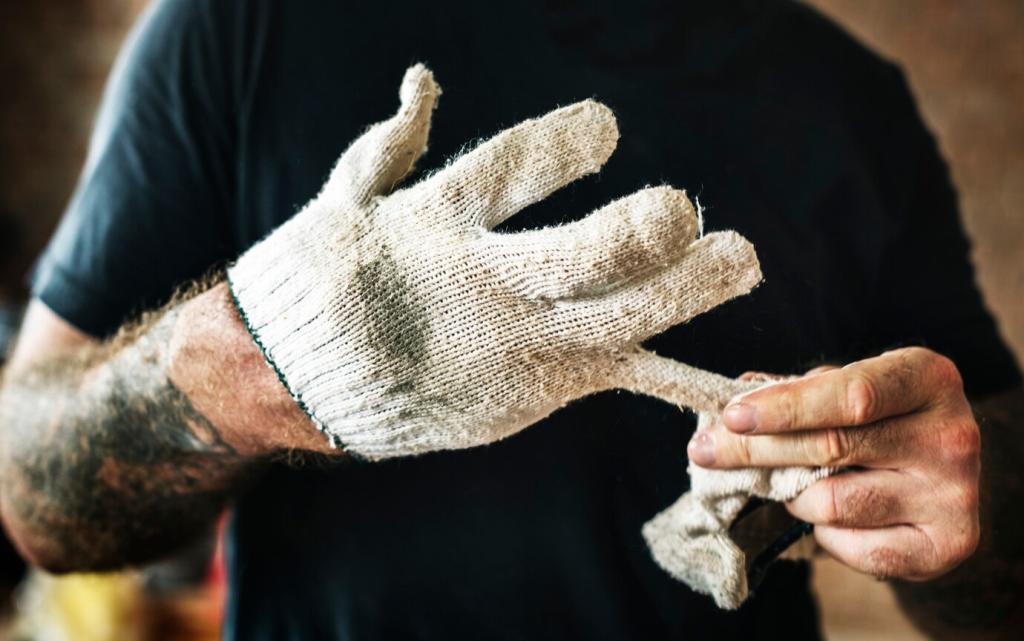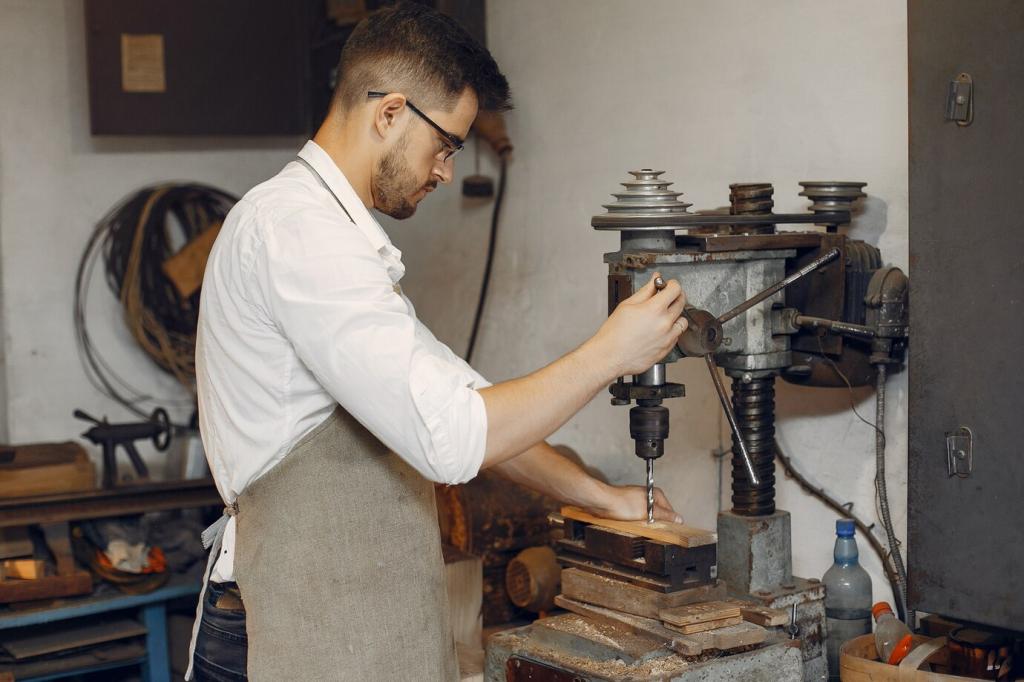How to Season Your Grill for Improved Flavor
Chosen theme: How to Season Your Grill for Improved Flavor. Learn the science, rituals, and insider tips that turn plain metal into a flavor-building surface. Join our community of backyard cooks—comment with your seasoning wins, ask questions, and subscribe for more practical, tasty guidance.
Why Seasoning Your Grill Transforms Flavor
The Science of Polymerized Oils
When thin coats of oil meet sustained heat, their molecules transform into a hard, slick film that bonds to metal. This durable layer resists moisture, reduces sticking, and supports deep browning, which unlocks complex aromas. Comment if you’ve noticed better grill marks after proper seasoning.

Prep Work: Clean, Dry, and Ready
Scrape warm grates to remove food residue, then use a mild degreaser or hot soapy water if heavily soiled. Rinse thoroughly and dry completely to prevent steam pockets. Avoid harsh grinding that gouges metal. Tell us what tools you trust for cleaning without damaging your grill.

Heat Cycle One: Opening the Pores
Preheat to medium-high until the grates are fully dry and hot. Using tongs and a lint-free cloth, apply a very thin film of oil. It should shimmer, not pool. Heat 20–30 minutes until smoking subsides, forming the first polymerized foundation layer across the metal.

Heat Cycles Two and Three: Building Layers
Let the grill cool slightly, then wipe on another paper-thin coat. Fire back to medium-high and hold until smoke diminishes. Repeat a third time. These delicate layers create durability without stickiness. Share whether two or three cycles worked best for your metal, fuel, and climate.

Cooling, Wiping, and Curing Overnight
After the final cycle, cool the grill to warm, gently buff away any visible residue, and close vents. Let it rest overnight, lid down, for a calm cure. Tomorrow’s first cook will finish hardening the film. Comment with your overnight temps and results for community benchmarking.
First Cooks After Seasoning: Building Flavor Memory

Gentle, Fat-Forward Foods
Start with chicken thighs, sausages, smash burgers, or skin-on salmon brushed with oil. Their natural fat nurtures the new layer and improves nonstick behavior. Avoid sugary sauces initially, which can burn. Tell us which starter food gave you the cleanest release and best flavor foundation.

Smoke Woods That Complement the New Seasoning
Mild woods like apple or cherry add sweetness without overwhelming delicate early layers. Oak is balanced, while hickory can push boldness. Use small chunks, not heavy smokes. Share your wood choice and whether it enhanced browning, aroma, and that coveted light mahogany crust.

Track Results Like a Flavor Journal
Note grill temperature, oil type, cook time, and sticking versus release. Small adjustments compound into better performance. Post your notes in the comments so others can learn, compare variables, and subscribe for templates that make tracking easy, fun, and surprisingly delicious.
Maintenance Rituals After Every Cook
Warm-Brush-Oil Routine
When you finish cooking, burn off residue for a few minutes. Brush gently while the grates are warm, not scorching. Wipe on a whisper-thin oil coat until the surface barely glistens. This quick touch-up preserves nonstick performance and steadily deepens color and aroma.
Rust Defense and Storage
Moisture is the enemy. Keep lids closed, use a breathable cover, and empty ash to reduce humidity. In wet climates, a desiccant bucket under the grill helps. Comment with your climate challenges and how you protect your seasoning through rain, dew, and freezing temperatures.
Monthly Mini-Season
Every few weeks, perform a light recoat and a single high-heat cycle. This refresh heals micro-wear, especially after acidic marinades or long cooks. If you notice dull patches, focus there. Share before-and-after photos and subscribe to get timely reminders for your grilling calendar.
Troubleshooting Sticky, Flaky, or Uneven Seasoning
Stickiness often means excess oil or too little heat. Burn the grill hot to carbonize residues, then buff with a cloth. Reapply the thinnest possible coat and repeat one heat cycle. Next cook, preheat longer and oil food lightly instead of flooding the grates.
Troubleshooting Sticky, Flaky, or Uneven Seasoning
Flakes suggest thick, brittle layers. Scrub gently with a grill-safe pad to feather edges, clean thoroughly, and rebuild using ultra-thin coats. Focus on even application and steady temperatures. Share photos of your repair progress so we can help troubleshoot persistent spots together.


